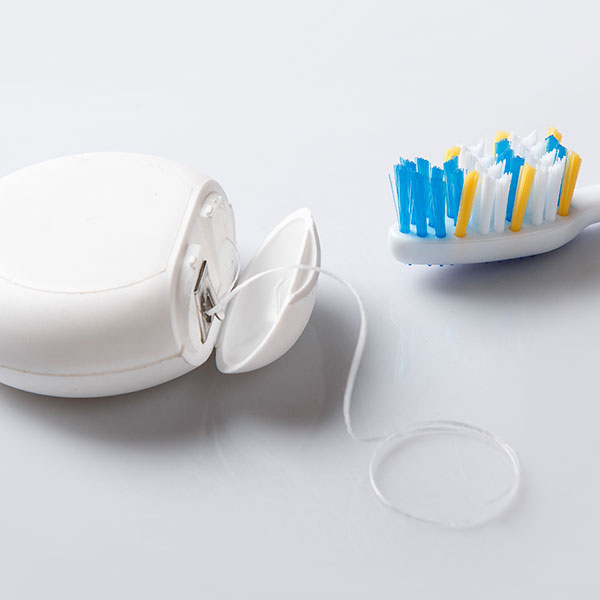Flossing is an important step in dental hygiene routines for individuals of all ages, including young children. The practice helps contribute to healthy gums and teeth by removing food particles and plaque to prevent tartar formation. Taking some time to teach your child how to floss correctly can help encourage healthy lifelong dental habits.
Importance of Regular Flossing
While brushing the teeth twice a day with fluoride toothpaste helps to remove food particles and soft plaque on the tooth surfaces, flossing helps to remove buildup between the teeth and along the gum line — areas that are difficult to reach with brushing alone. When the buildup isn’t removed on a regular basis, it can harden on the teeth and below the gum line. Hardened plaque is referred to as tartar, which can make the teeth and gums more vulnerable to decay and gum disease, also referred to as gingivitis.
Gingivitis
Gingivitis is an inflammation of the gums most often caused by inadequate dental hygiene. The condition causes redness and swelling of the gum tissue, and the gums may bleed easily when flossing or brushing. While gingivitis isn’t extremely common in young children, poor dental habits can lead to excessive plaque buildup and make them more susceptible.
Additionally, hormonal fluctuations are a known catalyst for gum inflammation and gum disease, so encouraging healthy dental habits in preteens and teens going through the stages of puberty is important. The good news is that gingivitis can often be easily reversed with regular brushing and flossing along with periodic dental cleanings.
Tooth Decay and Cavities
Unlike gingivitis, tooth decay can appear in children as young as one or two years old. This can lead to cavities. Children can become susceptible to cavities due to improper oral hygiene and habits such as falling asleep with a baby bottle or sucking on sippy cups filled with sugary or acidic drinks. Decay can occur with both baby teeth and permanent teeth — but it can be prevented with proper oral hygiene.
Teaching Your Children How to Floss
According to the American Dental Association, flossing at least once a day along with a regular brushing routine is essential to maintaining good oral health. While a common misconception is that flossing is a hygiene practice only recommended for adults, dental professionals advise parents to begin flossing their little one’s teeth as early as one to two years old, or as soon as they have at least two teeth that are touching.
Once your child is old enough to brush on their own, teaching them how to floss and encouraging a once-a-day flossing routine can be highly beneficial to their overall dental health. The c-motion is the recommended way to efficiently remove debris from all sides of each tooth. To use the c-motion, follow these steps:
- Wrap approximately 18 inches of floss around the middle fingers of each hand, leaving about an inch or two of taut floss between the two fingers.
- Gently run the floss up and down on each tooth and then allow the floss to loosen just a bit into a curve or c-shape once it reaches the top gum line of each tooth.
- Slide the floss into the space between the gum line and tooth and move it gently in a curved motion.
- Repeat the process on each tooth.
Starting a Healthy Dental Routine Early
By ensuring your kids maintain healthy dental routines in early childhood, you can instill habits that will benefit their oral health and wellness for life. Incorporating flossing into a regular brushing regimen provides an extra level of protection against cavities and gum disease as your child grows. Visit our dental team today to get your child started with their own healthy dental routines.

